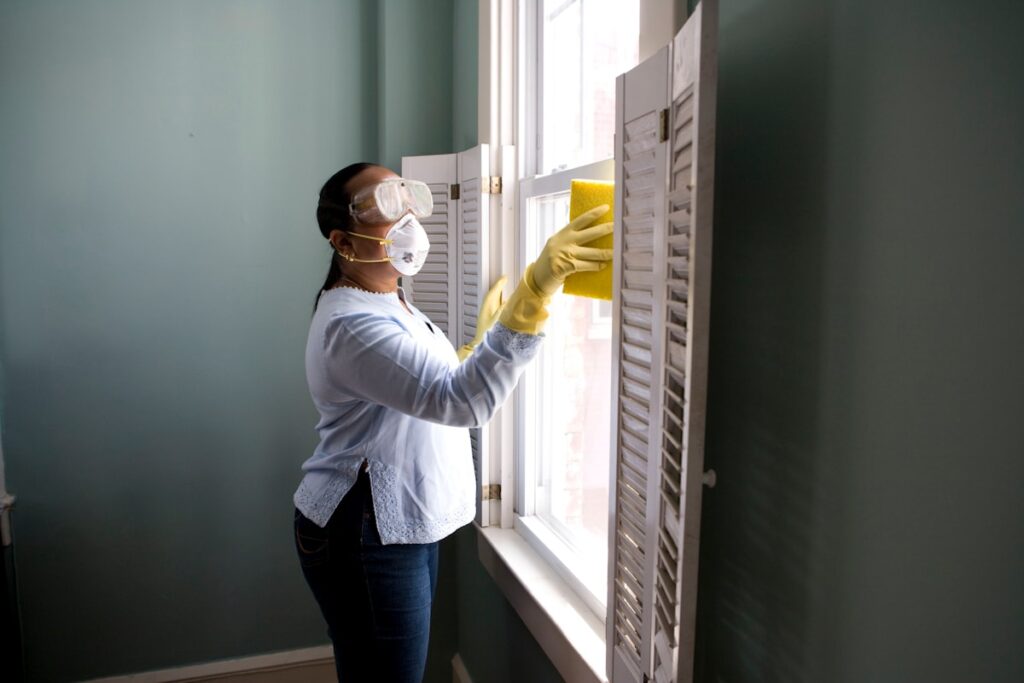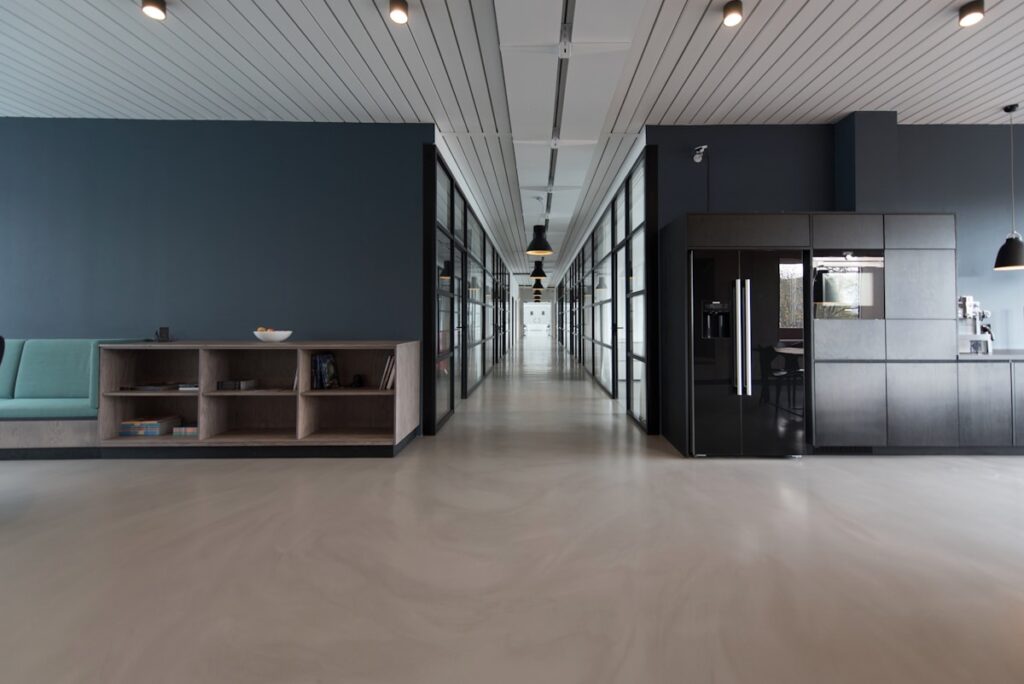How to Choose Eco-Friendly Air Purifiers for NW Homes
In the Pacific Northwest, air quality can be affected by various factors such as wildfires, mold, and pollen. Therefore, an air purifier can be an essential appliance. However, it’s important to choose an eco-friendly model to ensure you are not harming the environment while improving indoor air quality. This guide helps you understand what to look for in an eco-friendly air purifier.
Energy Efficiency

Energy-efficient air purifiers use less electricity, reducing their environmental impact. Look for the Energy Star rating, which indicates that the device meets energy efficiency guidelines set by the U.S. Environmental Protection Agency. Energy-efficient models consume less power without compromising performance. This also reduces your electricity bills.
Low Emission Levels
Air purifiers with low emission levels are better for the environment. Some air purifiers can emit ozone or other by-products that are harmful to both human health and the earth. Ensure the model you’re considering does not produce ozone as a by-product. HEPA filters and activated carbon filters are typically safe options.
Type of Filter

Filters play a crucial role in cleaning the air but can have environmental downsides. HEPA filters are effective but require regular replacement, contributing to landfill waste. Some manufacturers offer washable and reusable filters, reducing waste and long-term costs. Alternatively, consider air purifiers that use activated carbon filters, which can be more eco-friendly and effective in removing odors and gaseous pollutants.
Materials and Build Quality
Opt for air purifiers made from sustainable and recyclable materials. Models made from high-quality, durable materials last longer and are less likely to end up in landfills. Check for certifications that indicate sustainable practices, such as the use of recycled plastics or metals.
Noise Levels
Noise pollution is another aspect to consider. Air purifiers that operate quietly tend to be more energy-efficient. Models that produce under 60 decibels are generally considered quiet. Look for noise ratings in product specifications. Quieter operations often mean more efficient air circulation.
Brand Reputation
Research the brand’s commitment to sustainability. Some companies are more transparent about their manufacturing processes and environmental impact. Look for brands that have clear eco-friendly goals and use sustainable practices in their production. Read customer reviews to see if the product’s performance aligns with the brand’s claims.
Smart Features
Smart air purifiers can help you monitor and manage air quality more efficiently. Features like automatic shut-off when air quality reaches a specific level and smart sensors that adjust the fan speed can save energy. Some models have mobile app integration, allowing you to control the device remotely and improve systematic use.
Certifications
Certifications serve as a reliable indicator of a product’s environmental credentials. Look for certifications like Energy Star, UL Environment, and the Global Ecolabeling Network. These certifications ensure the product meets stringent environmental and performance standards.
Maintenance and Longevity
Consider how easy the air purifier is to maintain. Models that are easy to clean and have easily replaceable filters are more user-friendly and encourage proper upkeep. Longevity is crucial for reducing waste; a well-built air purifier will last longer, reducing the frequency of replacements.
Cost and Value
While eco-friendly models can be more expensive upfront, they often save money in the long run through lower energy bills and the reduced need for filter replacements. Assess the total cost of ownership over the appliance’s lifespan, including energy consumption and maintenance.
Local Climate Considerations
The climate in the Pacific Northwest is unique due to high humidity levels and frequent rain. These conditions can exacerbate mold growth and pollen dispersal. Choose an air purifier with a strong dehumidifying function if you live in damp environments. Models with robust mold and pollen filtration capabilities are particularly important.
Size and Space
The size of your living space will affect your choice. Air purifiers are rated for specific room sizes. A device designed for a small room won’t be effective in a large open-plan area. Measure your space and check the specifications to ensure the model you select matches your needs.
Placement
Where you place your air purifier can impact its effectiveness. Place it in areas where you spend the most time, such as living rooms and bedrooms. Avoid placing it behind furniture or curtains, which can obstruct airflow. Ensure there is enough space around the unit for optimal air intake and output.
Usage Patterns
Think about how frequently you plan to use the air purifier. Continuous use will require a model designed for durability and energy efficiency. If you plan to use it only during certain seasons, a model with programmable settings can help manage energy consumption.
Customer Support and Warranty
Check the warranty and customer support offered by the manufacturer. A good warranty indicates confidence in the product’s durability. Reliable customer support can help resolve issues quickly, ensuring your air purifier remains functional for a long time.
Additional Features
Some air purifiers come with added features like UV lights for additional germ-killing power or air quality indicators. While these features can be beneficial, ensure they do not significantly increase energy consumption or emit harmful by-products.
Recycling and Disposal
Consider the end-of-life disposal of the air purifier and its components. Choose brands that offer recycling programs for old devices and filters. Proper disposal reduces the environmental impact and ensures that hazardous materials are handled responsibly.
“`




Subscribe for Updates
Get the latest articles delivered to your inbox.
We respect your privacy. Unsubscribe anytime.